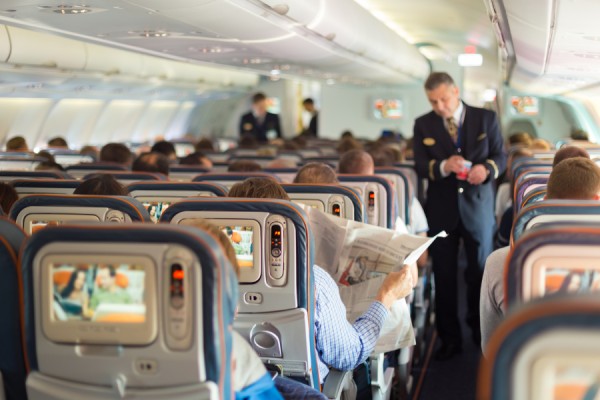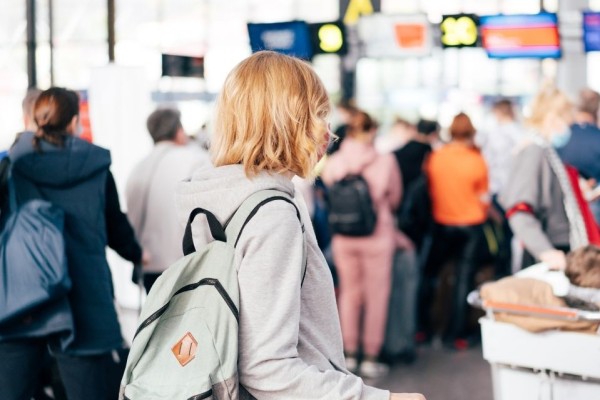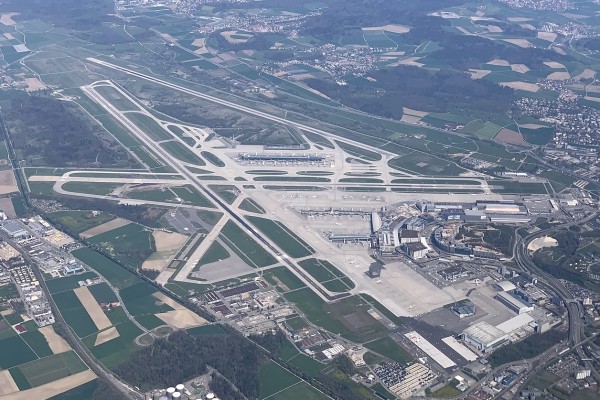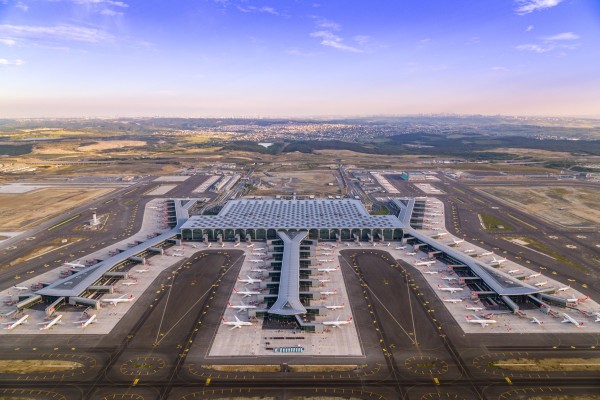- Airline
- 1 year before
What is Turbulence? All You Need to Know About Turbulence
Turbulence experience in air travel: Information on causes, types and safety precautions. Discover the effects of turbulence in flight with details.
-

- 1 year before
- Category: Airline

Turbulence, which is often encountered in air travel, occurs as a result of aircraft encountering airflow irregularities. This natural occurrence is a common experience for pilots and passengers alike. Turbulence basically refers to the temporary shaking of the aircraft as a result of changes and fluctuations in air currents
Causes and Types of Turbulence Turbulence occurs
due to various atmospheric conditions. In order for the aircraft to fly stably, the air currents passing under and over its wings must be regular. However, factors such as jet streams, weather front changes, and changes in weather conditions can lead to irregularities in the airflow. This situation gives rise to various types of turbulence (open air turbulence, temperature deviation turbulence, momentum turbulence, etc.)
.What Happens When Turbulence Is Entered?
When it enters turbulence, the aircraft is exposed to irregularities in the air currents, which cause the aircraft to shake, sometimes ranging from mild to violent vibrations. Pilots take appropriate precautions by anticipating turbulence and warn passengers to wear seat belts. This is especially vital in severe turbulence.
Duration and Effects of Turbulence The duration and
severity of turbulence varies depending on the intensity and duration of weather events in the atmosphere. Passengers often worry that turbulence can damage the aircraft, but aircraft are designed to be turbulence resistant and pilots are specially trained for these situations. Turbulence can often temporarily affect flight comfort, but you don't need to worry about aircraft safety.Turbulence and Safety Precautions The most important safety
measure during turbulence is the use of seat belts. It is recommended to pay attention to announcements made by the flight crew and sit in the seat during turbulence. Also, pilots can aim to achieve more stable air currents by changing flight altitude during turbulence.
Misinformation about Turbulence There are common misconceptions
about turbulence. For example, as turbulence can cause serious damage to the aircraft or cause the plane to crash. But these situations are extremely rare, and modern aircraft are designed to tolerate turbulence. Have you ever been in turbulence during your airplane travels? You can mention the events and experiences you have gone through in the comments and check out the most up-to-date and informative other content on our site




